Kagurazaka Guide: Cafes, Shrines, Charming Shops, and Events

Kagurazaka is a Tokyo neighborhood brimming with cafes, restaurants, and small shops. Exploring the narrow, stone-paved alleyways and roads here reveals more of this unique area with Edo-period atmosphere. Read to learn the best places to visit in Kagurazaka.
Kagurazaka: Tokyo's "Little Paris" and "Cat Town"

Photo by Pixta
Tucked away in the corner of Shinjuku, Kagurazaka is a district full of charm and old Tokyo nostalgia. Take a step off the main street with its rows of chain shops, and you will wander into a mysterious district of narrow cobblestone alleys with an Edo period atmosphere.
Due to the blend of traditional charm and new, stylish cafes and restaurants that attract visitors from every corner of the city in the evenings, Kagurazaka is often considered Tokyo's "little Paris."
Kagurazaka has also been gathering attention as Tokyo's "cat town" due to its vibrant Bakeneko Festival, a cat-themed Halloween event, held here every October because Natsume Soseki (1867-1916), the author of the novel "I Am a Cat" used to live nearby.
Read on to learn the best places to visit in Kagurazaka, including historical sites, popular dining spots, and events.
Kagurazaka Guide
Famous Places to Visit in Kagurazaka
1. Kagurazaka-dori, the Main Street
2. Three Back Alleys with Historical Charm
3. Zenkokuji Temple
4. Tokyo Daijingu Shrine
Shopping
5. AKOMEYA TOKYO in la kagu: Japanese Food Items and Goods
6. Makanai Cosmetics: Organic Products
7. Noren Kagurazaka: For Gifts and Souvenirs
8. Juttoku: Incense-Making Workshops
Dining: Cafes, Restaurants, Bars
9. Canal Cafe, an Oasis in the City
10. Ki no Zen: Matcha Bavarois and Traditional Sweets
11. Akha Ama Coffee Roasters Tokyo
12. Melon & Roman: Japan's First Melon Workshop
13. Kagurazaka Yamasemi: Crispy Pork Cutlet and Handmade Soba Noodles
14. Japanese Cuisine Ichirin: Savor the Flavors of the Four Seasons
15. Kagurazaka Kado Izakaya: Traditional Japanese Dining
Traditional Snacks and Street Food
16. Baikatei: Japanese Confectionery
17. Fujiya: Popular Snacks
Hotels and Guesthouses
18. Guesthouse UNPLAN
19. Boutique Sauna ARCH
Events and Festivals
20. Kagurazaka Awa Odori Dance Festival
21. Bakeneko Festival: Cat Halloween Parade (October 12, 2025)
Access: How to Get to Kagurazaka
Kagurazaka can be accessed through Kagurazaka Station (Tokyo Metro Tozai Line) or Iidabashi Station (Tokyo Metro Tozai Line and JR Sobu Line.
If you come from Nakano, Nihonbashi, or Otemachi Station, take the Tozai Line (Tokyo Metro) and get off at Kagurazaka.
If you come from Shinjuku Station or Tokyo Station, take the JR Chuo Line and get off at Ochanomizu Station, where you transfer to the JR Sobu Line. The Sobu Line takes you directly to Iidabashi Station. From here, head out the B3 exit and walk for 3 minutes to get to Kagurazaka-dori.
For those using the Tokyo Metro or Toei Subway, the Tokyo Subway Ticket available to tourists is an ideal pass to get for getting to Kagurazaka and navigating around the city at a discount.
Famous Places to Visit in Kagurazaka
We recommend starting your walk from Kagurazaka-dori, where you'll also find Zenkokuji Temple, and then explore the back alleys where you'll find old historical buildings and beautiful shrines.
1. Kagurazaka Dori, the Main Street

New businesses like fast food joints along with long-standing shops and establishments line both sides of Kagurazaka-dori, the main avenue. The street is packed with shops, so you could enjoy just walking down this road, but there is much more to see and do here.
There are narrow alleys off the main road that will pique your curiosity. Once you've explored the main street, step off the beaten track and head into the back alley to begin your Kagurazaka stroll.
2. Three Back Alleys with Historical Charm
The narrow alleys that split off from the main street are known as yokocho. There are plenty of yokocho in Kagurazaka that you’d never notice if you just walked down the main street. Let’s take a look at Hyogo Yokocho, Geisha Alley, and Kakuren Yokocho--three alleys you'll want to wander down.
Hyogo Yokocho

Hyogo Yokocho, an old alley in Kagurazaka
Hyogo Yokocho is located further down the narrow alley past the main street. Continue through the alleyway, which is just wide enough for one person to pass through. Along the stone-paved road, upscale restaurants and residences packed together will come into view.
In the Sengoku period, weapons merchants lived in the area, which is how Hyogo Yokocho got its name (“hyogo” means “arsenal”) in Japanese.

Proceed down Hyogo Yokocho and Wakana will come into view, a now-closed traditional inn surrounded by painted black walls. In the past, Wakana was known for the famous novelists and movie directors who stayed here and produced art.
*Wakana is currently closed and you are unable to enter the building.
Hyogo Yokocho Alley: Map
Geisha Alley

Geisha Alley, also known as Geisha Dori
Walking down Geisha Alley (Atami-Yu Kaidan) will make you feel like you’re passing through a secret base. There are small restaurants and bars hidden along the way as you go down the stone steps.
Go up the stairs and the path connects to Kenban Yokocho, where an office for coordinating geisha and shamisen (*1) practice hall still exists today. This narrow road is called Geisha Alley due to the office located here.
*1: The shamisen is a Japanese stringed instrument. It has three strings, and its body is traditionally made from animal skin.

At the bottom of the stairs, you’ll find Atami-Yu, a sento (public bath). The public bath has towels, shampoo, and body wash for you to use, available free of charge. There is no need to bring your own toiletries or towel. Feel free to stop in for a refreshing soak at the sento if you’re tired from your walk.
Hotels near Atamiyu
Kakurenbo Yokocho

Kakurenbo Yokocho, an alley now lined with small restaurants and izakaya
Kakurenbo Yokocho (*2) is made up of a complex maze of streets and dead ends that you could really get lost in, as its name implies. It apparently got its name from the story that if you tried to trail nobility or a VIP who snuck into the geisha district, you’d lose them completely once they entered the alley.
*2: Kakurenbo is the name for “hide-and-seek” in Japanese.

Kakurenbo Yokocho alley
Along the alleyway is a simple and beautiful black wooden fence. As you walk down the path, you will feel like you have traveled back in time to experience Kagurazaka's traditional geisha district.
Hotels near hide and seek alley
There are many other small alleys in Kagurazaka, so we encourage you to keep on wandering to see where the pathways will lead you to.
↑ Return to the top of article.
3. Zenkokuji Temple

Bishamonten Zenkokuji
The temple that springs into view as you walk down the main street in Kagurazaka is Bishamonten Zenkokuji. Constructed in 1595, it is a Nichiren Buddhist temple boasting a long history. Facing out onto Kagurazaka-dori, this temple has roots in the community as a symbol of the area.
Bishamonten, a Buddhist deity, has long been worshipped in India as a god of riches. For that reason, Bishamonten here receives prayers from many people, looking to be bestowed with luck in financial matters or receive a better fortune.
Hotels near Bishamonten Zenkokuji Temple
4. Tokyo Daijingu Shrine

Picture courtesy of Tokyo Daijingu
Tokyo Daijingu in the Kagurazaka and Iidabashi areas is famous as being a shrine for connections. It enshrines gods including Amaterasu-omikami, a high-ranking Shinto deity, as well as the first three gods of Shinto, who are believed to connect all things and brought everything into existence.
Due to this Daijingu is famous for helping its visitors make connections––especially those looking for love and romance. In fact, there are more than twenty types of charms for love sold at Tokyo Daijingu!
Tokyo Daijingu is also the birthplace of the tradition of Shinto weddings at shrines, and holding a wedding here remains popular today. If you drop by on a weekend, you may be able to see a traditional wedding.
Hotels near Tokyo Daijingu Shrine
↑ Return to the top of article.
Shopping in Kagurazaka
For many Tokyoites, Kagurazaka is the best place to find beautiful craft items and traditional goods that are ideal as gifts. Here are a few popular shops.
5. AKOMEYA TOKYO in la kagu: Japanese Food Items and Goods

Picture taken in cooperation with la kagu
AKOMEYA TOKYO is a popular Japanese store that sells Japanese food and cookware, home goods, beauty products, and much more! Akomeya sells many unique Japanese products that you will only find here, making it an excellent spot to pick up souvenirs and gifts.
The store in Kagurazaka is located in la kagu, a building that was redesigned by the prominent architect, Kuma Kengo, from what was originally a warehouse for the publishing company Shinchosha. Just 5 minutes away on foot from here, you'll find Akagi Shrine, whose beautiful halls and structures have also been designed by Kuma Kengo.

Picture courtesy of AKOMEYA TOKYO
Visitors can enjoy a unique dining experience here, too. AKOMEYA Kitchen on the first floor provides a menu that uses seasonal ingredients. AKOMEYA Chaya is perfect for those who want a snack or a light meal.
After the meal, venture to the second floor to find a miscellaneous goods center! There are pop-up shops with products that are one-of-a-kind, as well as an event space called soko. Whenever you visit, you'll find something new happening at AKOMEYA TOKYO in la kagu.
Hotels near AKOMEYA TOKYO in la kagu
6. Makanai Cosmetics: Organic Products

Makanai Cosmetics is a famous brand that produces Japanese cosmetics made with natural ingredients. Makanai has an array of items containing ingredients from Japan like konjac, rice bran (*3), and soybeans, which blend seamlessly into your skin and are thought to help with health and beauty.
Makanai's hand cream is a popular product that can be used in all seasons. It is also made exclusively with natural ingredients, it can be safely used by all ages.
You can buy other items that are healing and soothing to the body, including skin care products, healthy teas, and seasonings.
3: Rice bran is powdered rice husks and germ created from milling brown rice.
Hotels near MAKANAI Kagurazaka Main Store
↑ Return to the top of article.
7. Noren Kagurazaka: Perfect For Gifts and Souvenirs

Noren is a popular store that also has branches in locations like Kyoto and Asakusa.
Noren also has a location in Kagurazaka. Enter the shop to encounter a number of traditional Japanese trinkets which have been remade into practical and stylish products.
These useful, classy items include kimono covers for wine bottles, bags made of furoshiki cloth wrappers, and origami earrings. Your friends will be delighted if you give them these souvenirs from Japan.
Hotels near NOREN KAGURAZAKA
Read also
8. Juttoku: Incense-Making Workshops
Known for its incense-making experience, you can choose your favorite scent from 9 different fragrances and create a unique incense just for you.
The incense you create will not only allow you to enjoy a pleasant fragrance at home but also evoke memories of your time in Kagurazaka. Additionally, these experiential lessons are available in both Japanese and English.
Address: 23 Bentencho, Shinjuku-ku, Tokyo, White Cube 101 Map
Official Website: https://juttoku.jp/
↑ Return to the top of article.
Dining: Cafes, Restaurants, and Bars
For many Tokyoites, Kagurazaka is the place to go for fine dining and special culinary experiences. Here you'll find stylish restaurants with creative cuisine featured in the latest magazines. Below we introduce some of them.
9. Canal Cafe, an Oasis in the City

The Canal Cafe is a well-known restaurant and cafe. This establishment, which sits along the river, is popular with its customers as it offers spectacular views. In the springtime, cafegoers can take in the breathtaking sight of the sakura trees lining the river in full bloom.
When you enter, you can choose whether to sit in the restaurant or out on the deck. If the weather is nice, feel free to take a seat in the terrace area. The inside of the restaurant is a full-service Italian restaurant––the outside dining is a self-service setup where you can choose from various dishes like pizza and pasta.
The Canal Cafe is the perfect place to have a relaxing meal, but be aware that there may be a line on weekends, during the cherry blossom season, and during the lunch hour.
10. Ki no Zen: Matcha Bavarois and Traditional Sweets

Picture courtesy of PR Times
The long-established shop Ki no Zen, which has been in business for 160 years, reopened in Kagurazaka on July 18, 2025, after a 3-year hiatus. Since reopening, it has been so popular that on weekdays, all tickets for the day are often gone by lunchtime.
Their flagship menus, such as the Anmitsu dessert and Matcha Bavarois, faithfully recreate the flavors from when they first opened and are loved across generations.

Picture courtesy of PR Times
The Anko (sweet red bean paste), carefully cooked with selected azuki beans by craftsmen who have inherited the skills and techniques developed by previous generations, is also superb.
While maintaining the traditional tastes, Ki no Zen now offers a more spacious and relaxing environment. There are also many takeout options, making it a great souvenir choice.
Please note that the location has changed; the current address is Kagurazaka 2-12, Sawayaka Building 1F/B1F.
11. Akha Ama Coffee Roasters Tokyo
Akha Ama Coffee Roasters Tokyo is a cafe where you can enjoy delicious coffee in a stylish setting.
You can indulge in their drinks brewed from pesticide-free coffee beans cultivated by the Akha, an ethnic minority group in Thailand, along with baked goods and sandwiches.
Located near the Akagi Shrine, this cafe offers a unique setting worth visiting.
Address: 1-25 Akagiyucho, Shinjuku-ku, Tokyo Map
Official Website: https://akhaama.jp/cafe/
12. Melon & Roman: Japan's First Melon Workshop

Japan's first melon workshop, Melon & Roman, is located in a quaint back alley of Kagurazaka. This eatery sells various types of melons, including the Tsugaru melon variety originating from Aomori. Tsugaru melons are famous for their sweetness and refreshing flavor.
Tsugaru is the fourth largest producer of melons in Japan, so you can be certain you will taste high-quality and refreshing fruits from this city. Enjoy delicious melon desserts with all five senses while listening to the music playing in the workshop.

Picture courtesy of Melon and Roman
For a pick-me-up, we recommend the Melon Ice Cream Soda (748 yen with tax). This entire dessert is created using several different types of melon, from ice cream to soda, so you can savor a melon paradise in a glass. It is refreshing and mildly sweet, making it perfect even for those who don't like overly sweet treats.
12. Kagurazaka Yamasemi: Crispy Pork Cutlet and Handmade Soba Noodles

Picture courtesy of StyLe.inc.
Kagurazaka Yamasemi is a famous restaurant that combines two tasty traditional dishes in Japan, soba noodles and pork cutlets. The soba noodles are handmade using stone-ground buckwheat flour; the shop is filled with the soothing aroma of soba.
The tonkatsu pork cutlet is slowly cooked and deep fried at low temperatures to maintain the meat's juice. This excellent combination of cuisine was realized by chef Saito Motoshiro, a professional who has successfully opened many excellent restaurants, with Kagurazaka Yamasemi being no exception!
↑ Return to the top of article.
14. Japanese Cuisine Ichirin: Savor the Flavors of the Four Seasons

Picture courtesy of Japanese Cuisine Ichirin
Japanese Cuisine Ichirin officially opened in Kagurazaka in 2022. This restaurant is run by the two Michelin-starred chef, Mikizo Hashimoto.
Ichirin specializes in Japanese dishes made with seasonal ingredients such as vegetables from Kyoto and fish from regions such as Kanazawa, Tsukiji, and Fukui. You can experience Japan's different local cultures and cuisine while dining at this one restaurant.
The vegetables are procured in collaboration with local farms located in Kyoto and each dish is well thought out and designed by the chef.
Due to the popularity of this tantalizing restaurant, please note that reservations are required before visiting. For details on the menu, please check the official website (Japanese).
15. Kagurazaka Kado Izakaya: Traditional Japanese Dining

Kagurazaka Kado is a Japanese restaurant where you can experience eating at an authentic Japanese dining table in a traditional Japanese home. The restaurant offers course meals made with seasonal ingredients that diners can savor.
If you feel hesitant to order courses, we recommend the standing bar area. For drinks that mostly cost less than 500 yen, you can sample beer, sake, and various izakaya menu staples to go with your beverage.
↑ Return to the top of article.
Traditional Snacks and Street Food
Kagurazaka is home to many traditional confectionery shops established decades ago and loved by the locals. The sweet treats made at these shops are great as snacks to enjoy during your Kagurazaka walk or as souvenirs to loved ones.
16. Baikatei: Traditional Japanese Sweets

There are many Kagurazaka cafes and shops where you can indulge in beautiful, delicate Japanese sweets (wagashi). Baikatei is a favorite in the local community. The interior is filled with wall-to-wall with Japanese sweets, making it hard to decide what you want to buy.
The refreshing lemon daifuku (*5), made with lemon kneaded into the mochi, and the innovative “ukigumo” (“floating cloud”), an oven-baked meringue with a bean paste filling, are some popular wagashi with their own unique twists. Another specialty is the cat-shaped monaka (wafers filled with bean paste).
*Daifuku is a Japanese sweet, consisting of anko bean paste in a mochi dough wrapper.
17. Fujiya: Popular Snacks

Kagurazaka is a fun district to go to for a stroll, and Peko-chanyaki is a famous snack that will greet you at the entrance. With a mischievous expression and her tongue sticking out, Peko-chan, the charming mascot for the sweets manufacturer Fujiya, has been loved for over half a century in Japan.
Peko-chanyaki is obanyaki (*6), a unique dessert shaped like Peko-chan’s face. There is an abundant flavor selection, with staples such as anko, custard cream, and chocolate, as well as versions with savory fillings and special flavors that change monthly.
In addition to Peko-chanyaki, there are several other places to get snacks you can enjoy while walking around Kagurazaka. 50 Ban is famous for its meat buns, and Dolce Vita serves decadent, cheese-filled rice croquettes.
*6: Obanyaki is a Japanese sweet made of flour, sugar, and eggs, poured into a round mold, and baked. It contains bean paste or another type of filling.
↑ Return to the top of article.
Hotels and Guesthouses in Kagurazaka
There aren’t many places to stay in Kagurazaka but the few accommodations available in this area have original concepts that make them very appealing.
18. Stay at Guesthouse UNPLAN, a Hub for Travelers in Kagurazaka

The guesthouse UNPLAN has co-ed dorm rooms, women-only dorm rooms, and family rooms for you to choose from, and you can comfortably relax in its new and clean facilities.
There is a cafe space on the first floor that any guest can go into, with a barista during lunch and a bartender at night. Many guests come from overseas, and various events, including unique bus tours, are held at UNPLAN.
Hotels near UNPLAN Kagurazaka
19. Boutique Sauna ARCH: A Sauna Where You Can Stay Overnight

Pictures courtesy of Booking.com
Boutique Sauna ARCH is a private sauna facility that both men and women can use together.
Inside the facility, there are two rooms designed with high aesthetic appeal that will captivate your senses. Each room offers a sauna, cold-water bath, and an outdoor air bath for you to enjoy in complete privacy.
This facility caters not only to day-use visitors but also allows for overnight stays. It is recommended for those seeking a special accommodation experience at a stylish sauna hotel in Kagurazaka.
You can easily book a room at Boutique Sauna ARCH on Booking.com. Please note that this facility operates on a membership basis, and there is an additional membership fee required for use (*).
*When booking through Booking.com, the total cost of accommodation includes a membership fee of 33,000 yen.

Pictures courtesy of Booking.com
Address: 4-1 Tsukudocho, Shinjuku-ku, Tokyo Map
Website: https://arch.spa/
↑ Return to the top of article.
Events and Festivals
Kagurazaka-dori Street often becomes the venue for parades and festivals held on weekends. Below we introduce two Kagurazaka events that are particularly famous.
20. Kagurazaka Awa Odori Festival

Photo by Pixta
Kagurazaka Awa Odori is a traditional summer festival featuring Awa Odori dances, which originated in Tokushima Prefecture. The festival typically features vibrant parades and performances where groups of dancers, known as "ren," perform the Awa Odori dance in colorful yukatas (summer kimonos) and traditional attire.
The dances are characterized by lively movements and a distinct rhythm, often accompanied by traditional music played on instruments such as shamisen, taiko, and shakuhachi.
The Kagurazaka Awa Odori festival usually occurs in mid-August and attracts both locals and tourists, fostering a lively and festive atmosphere in the neighborhood. It is one of the very few Awa Odori festivals in Tokyo along with the Koenji Awa Odori Festival and the Shimokitazawa Awa Odori Festival
This celebration not only showcases the Awa Odori dance but also highlights the cultural heritage of the area, with various food stalls and festivities accompanying the performances.
21. Bakeneko Festival: Cat Halloween Parade (October 12, 2025)

Picture courtesy of Kagurazaka Bakeneko Festival
The Bakeneko Festival in Kagurazaka is a unique cultural event that celebrates the folklore surrounding the "bakeneko," a mythical cat from Japanese mythology.
The term "bakeneko" translates to "monster cat" and it is believed that these cats possess supernatural abilities, including the power to shapeshift into human form.
This festival typically involves a variety of activities, including parades, performances, and exhibitions that showcase the bakeneko theme. Participants often dress up in elaborate costumes inspired by cats and engage in traditional arts and crafts, storytelling, and performances that highlight the bakeneko's role in Japanese culture and folklore.
One of the key features of the festival is its community atmosphere, bringing together locals and visitors to enjoy food stalls, traditional music, and dance performances.
In 2025, the Bakeneko Cat Halloween Parade will be held on October 12 (Sunday), between 10:00 and 17:00. For details of the event and access maps in English, please visit the official website: https://bakeneko.oops.jp/.
FAQ
What is Kagurazaka known for?
Kagurazaka in central Tokyo is known for its blend of traditional and modern elements. It exudes historical charm with narrow streets and historic buildings, serving as a cultural hub with geisha performances, tea houses, and ryotei. The area offers diverse dining options, including traditional Japanese cuisine and French bistros, alongside art galleries, theaters, and cultural events. Kagurazaka's festivals like the Kagurazaka Awa Odori and Bakeneko Parade add to its vibrant atmosphere, making it a popular destination for art, entertainment, and culinary delights in Tokyo.
Is it worth visiting Kagurazaka in Tokyo?
Visiting Kagurazaka in Tokyo is highly recommended for its rich cultural experiences, diverse dining options, art scene, and charming atmosphere. This historic neighborhood offers a blend of traditional and modern elements, making it a picturesque destination for leisurely walks, culinary adventures, art appreciation, and unique shopping experiences. Kagurazaka's unique offerings make it a worthwhile stop for visitors looking to explore Tokyo's cultural diversity and historical charm.
How much time should I spend in Kagurazaka?
The time to spend in Kagurazaka, Tokyo, can vary based on your interests and schedule. A quick visit of 1-2 hours allows for a glimpse of the main streets and a meal, while a half-day excursion of 3-4 hours offers more in-depth exploration, shopping, dining, and cultural experiences. Opting for a full-day exploration of 6+ hours provides ample time to thoroughly immerse yourself in Kagurazaka's culture, cuisine, and attractions, including multiple dining experiences, shopping ventures, and participation in cultural events. Tailor your visit to Kagurazaka based on your preferences to make the most of this historic and vibrant neighborhood in Tokyo.
What is the Paris district in Tokyo?
Tokyo's "Little Paris" is often considered to be the Kagurazaka neighborhood. Kagurazaka embodies a blend of traditional Japanese culture and modern sophistication, boasting charming cobblestone streets, historic buildings, traditional ryotei restaurants, fashionable shops, and a vibrant culinary scene. This area's unique ambiance, combining the old and the new, has led to comparisons with certain aspects of Paris, earning it the nickname of Tokyo's very own "Little Paris."
Is Kagurazaka a good place to live?
Kagurazaka is a desirable place to live in Tokyo due to its central location, historic charm, diverse dining options, artistic and cultural scene, convenient amenities, and community atmosphere. With a blend of traditional heritage and modern conveniences, including proximity to popular areas, a vibrant dining scene, cultural attractions, and shopping opportunities, Kagurazaka offers residents a unique and welcoming neighborhood with a rich history and a lively community spirit.
Enjoy Getting Lost in Kagurazaka

Kagurazaka is a multidimensional neighborhood in Tokyo that is best experienced by walking around and seeing where your feet take you, rather than planning out where to go beforehand. Get lost in the back streets of Kagurazaka and make a new discovery.
Read also
Main picture by Pixta
This is the official account of MATCHA's editorial department. Our articles feature useful travel information for visitors to Japan, from how-to guides to recommended places to visit.




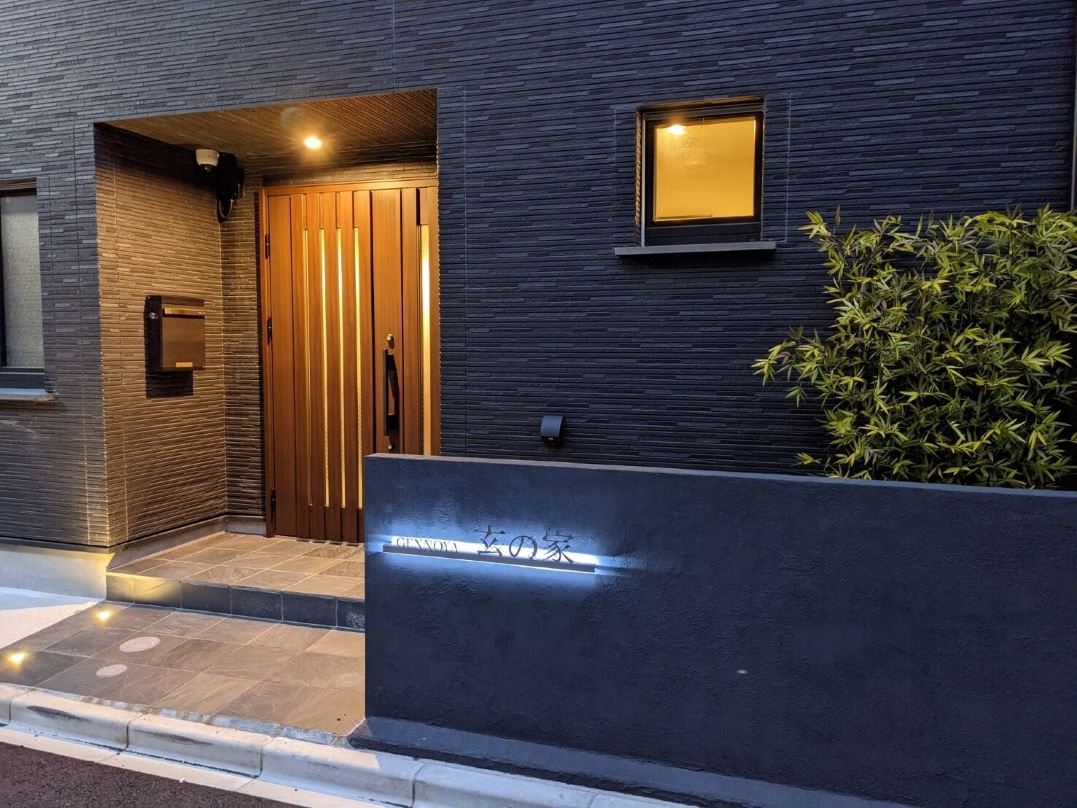

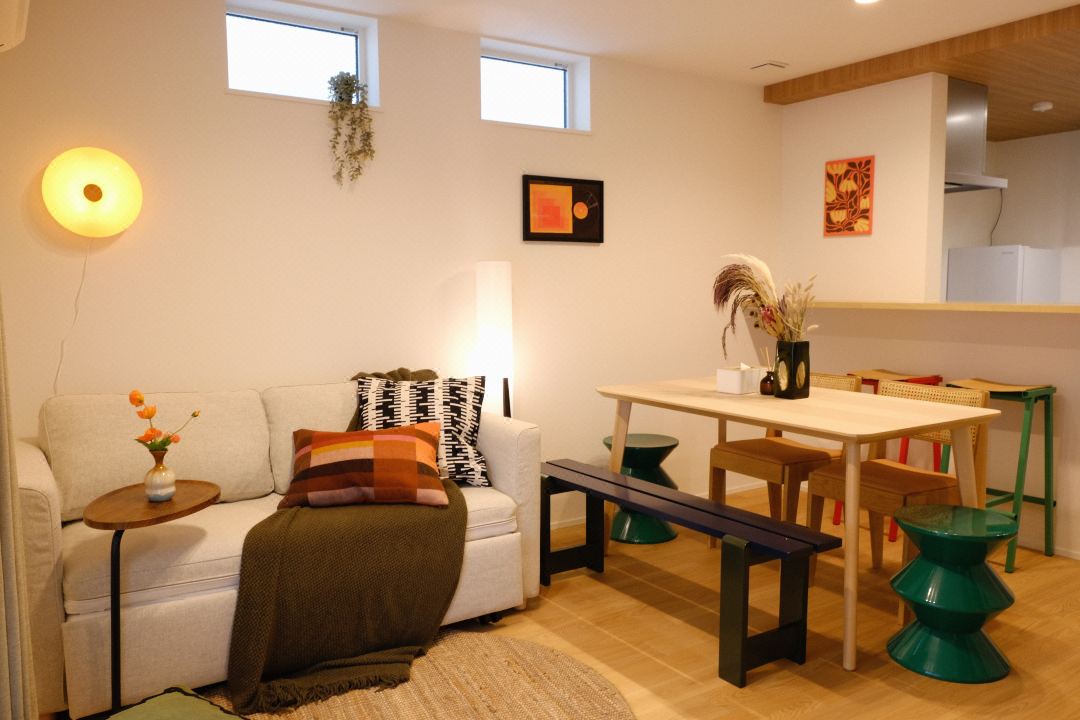
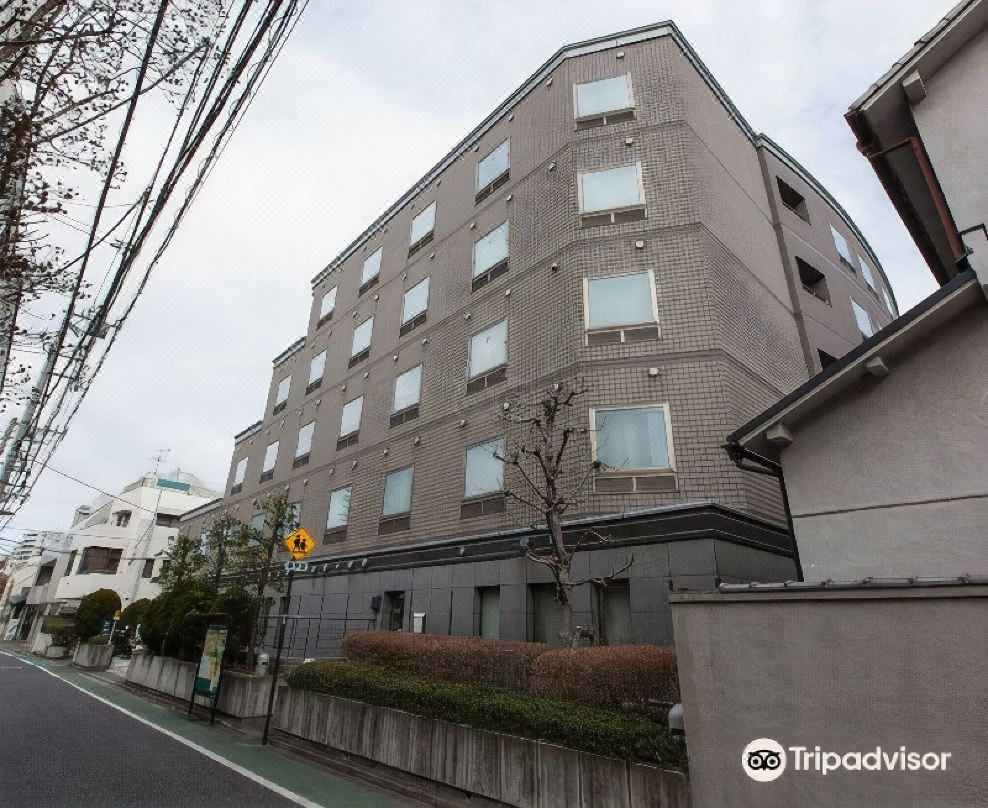

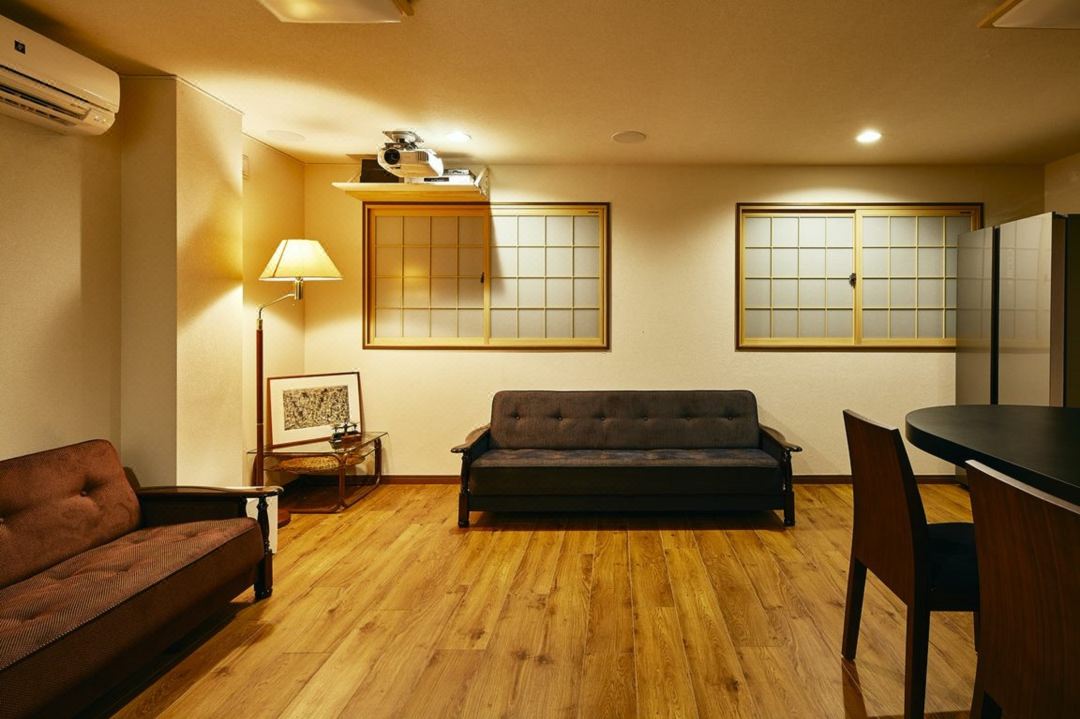


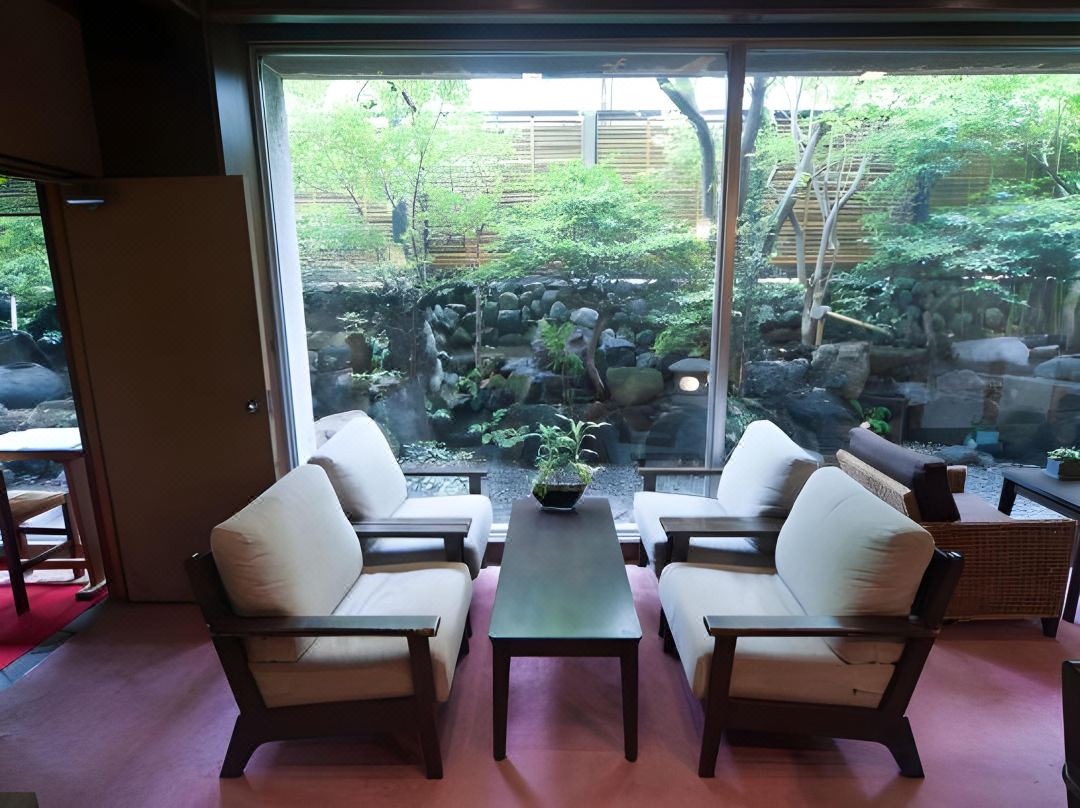
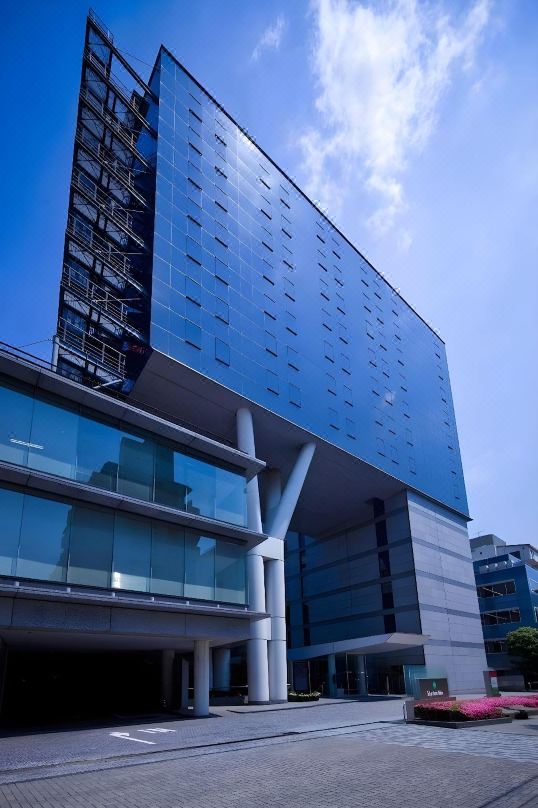


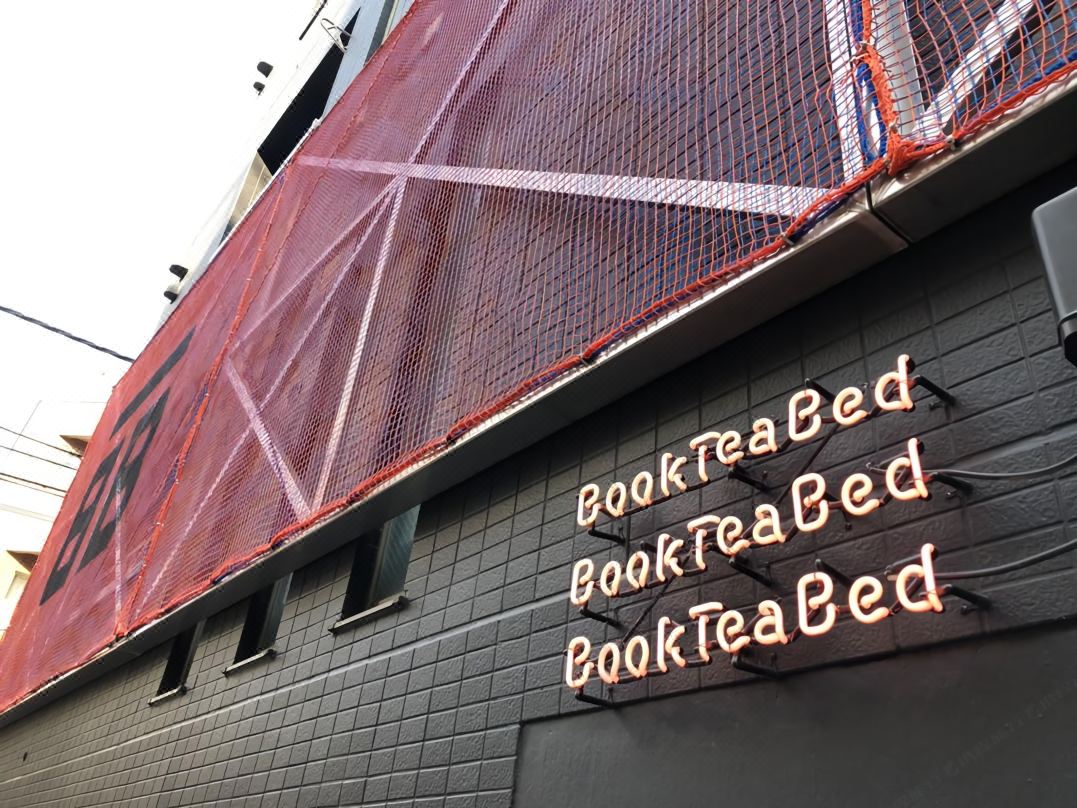
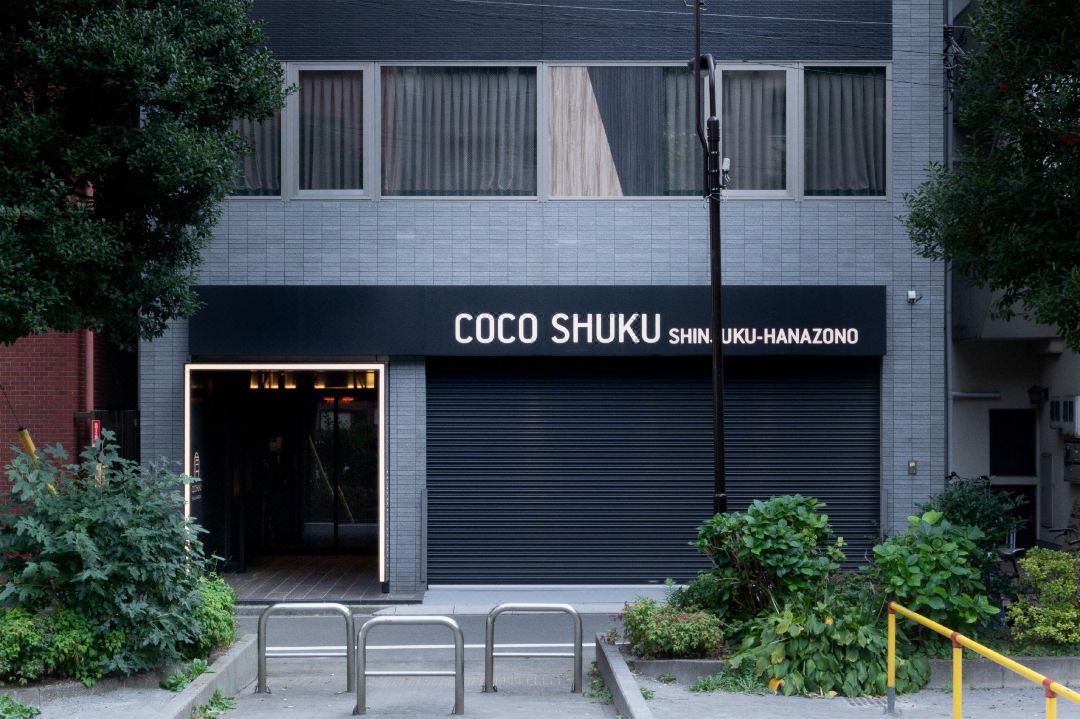















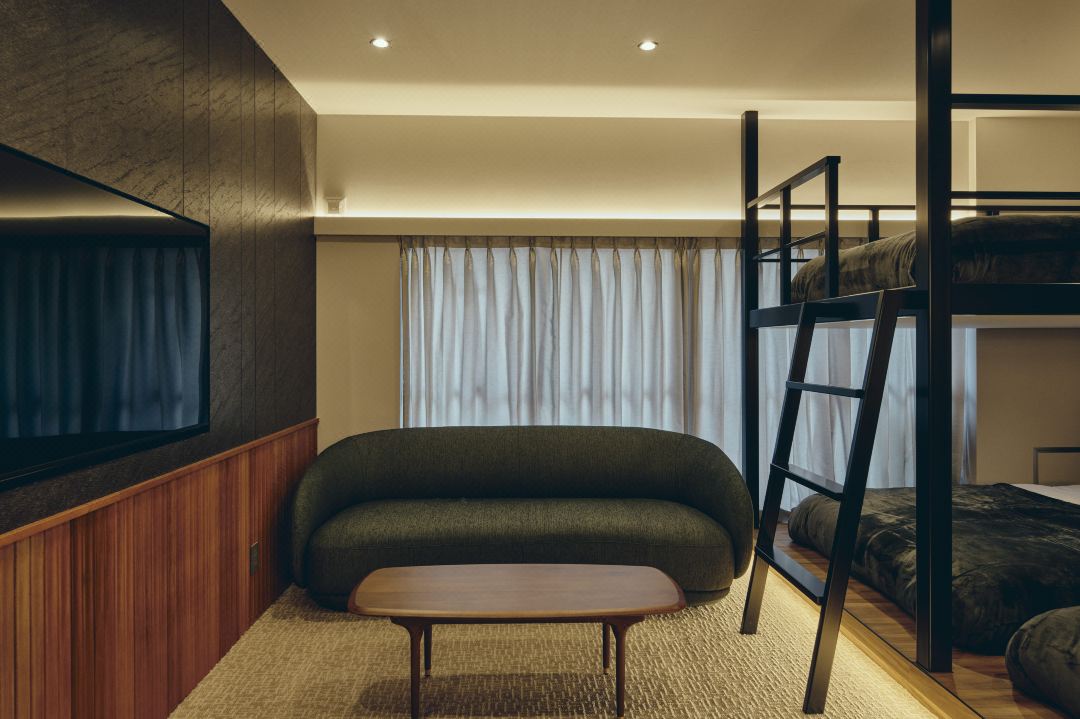
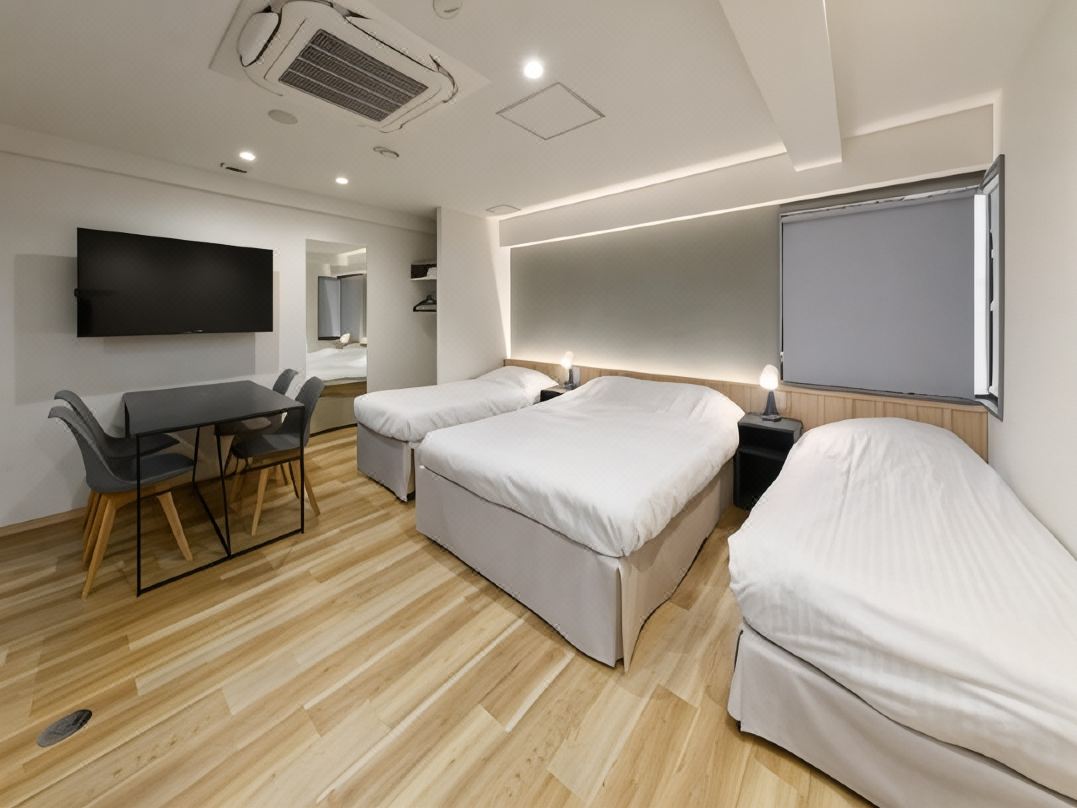
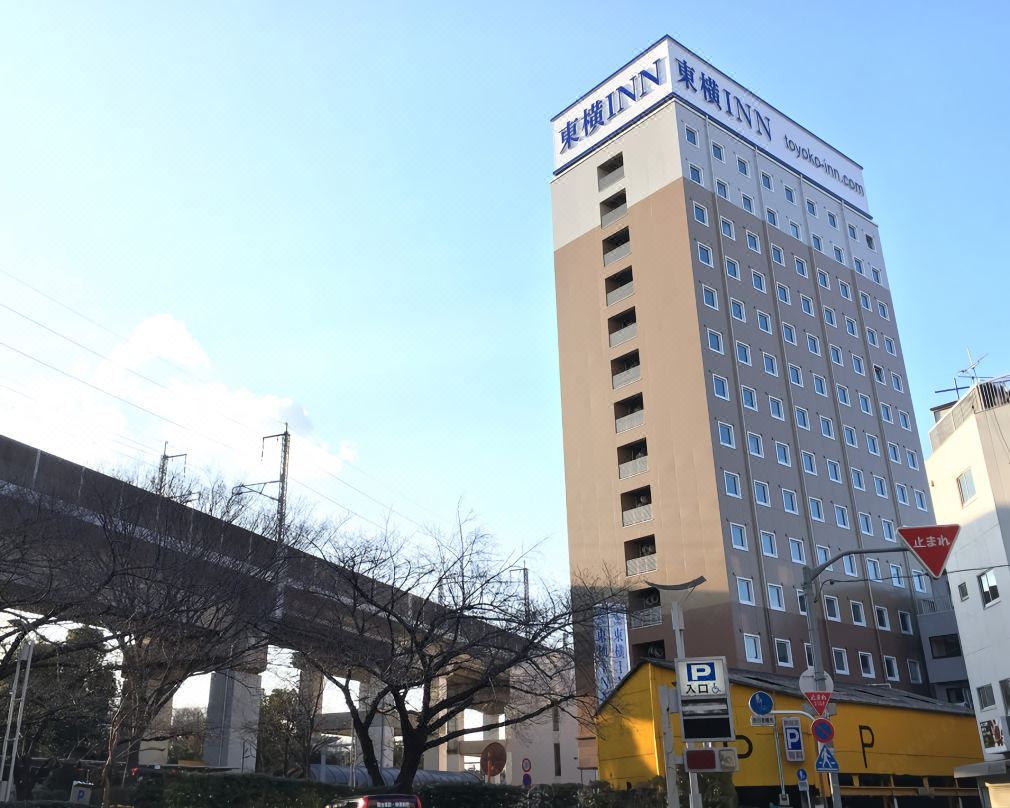










































![[Wakayama Guide] Ume and Umeshu (Plum and Plum Wine)](https://resources.matcha-jp.com/resize/720x2000/2025/12/08-252248.webp)
![[2025 Update] From Kansai Airport to Namba - Recommended for travelers with large luggage! Travel comfortably by bus](https://resources.matcha-jp.com/resize/720x2000/2025/10/25-248088.webp)